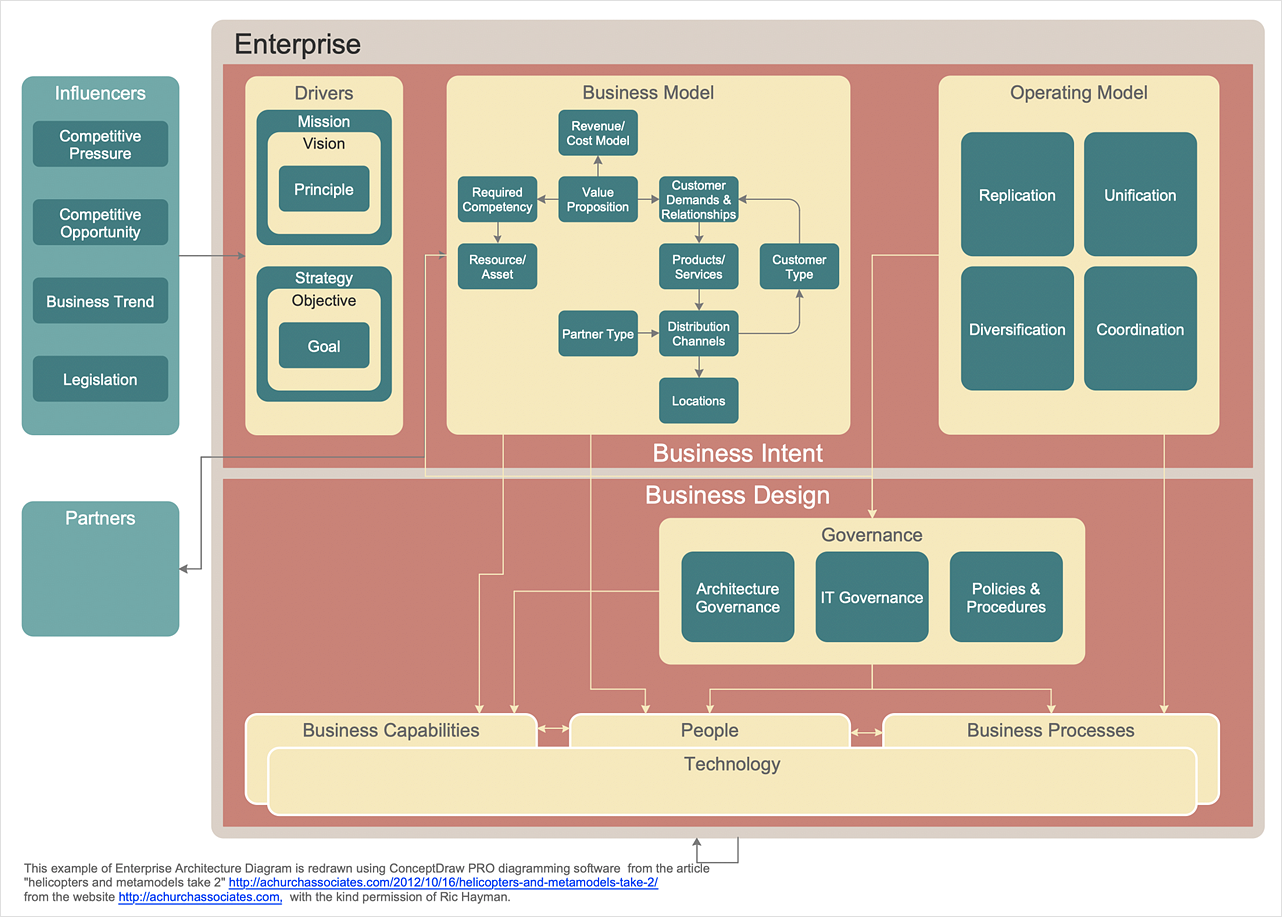Unlocking the Power of Enterprise Application Development: A Comprehensive Guide for Value-Driven Success
Introduction
In the ever-evolving landscape of business technology, enterprise application development stands as a pivotal force, empowering organizations to streamline operations, enhance decision-making, and gain a competitive edge. This comprehensive guide will delve into the intricate world of enterprise application development, exploring its multifaceted advantages, potential drawbacks, and the key pain points it addresses for modern businesses. Armed with this knowledge, you will gain a profound understanding of how enterprise applications can transform your organization, driving innovation, efficiency, and profitability to unprecedented heights.
Understanding Enterprise Application Development
Enterprise application development encompasses the design, development, deployment, and maintenance of software applications specifically tailored to meet the complex needs of large organizations. These applications often integrate with existing systems, automate business processes, and provide real-time data insights, enabling businesses to operate with greater agility, efficiency, and scale.

Addressing Key Pain Points
Enterprise applications are meticulously crafted to alleviate the pressing pain points that plague modern businesses, including:
- Data silos and fragmentation: Disparate data sources and fragmented systems hinder collaboration and informed decision-making. Enterprise applications consolidate data into a central repository, providing a comprehensive view of the organization’s operations.
- Inefficient processes and manual errors: Manual processes are prone to errors and inefficiencies, slowing down operations and compromising data accuracy. Enterprise applications automate workflows, eliminating manual tasks and reducing the risk of errors.
- Lack of real-time insights: Traditional reporting systems often provide outdated or incomplete data, limiting the ability to make timely and informed decisions. Enterprise applications offer real-time dashboards and analytics, empowering leaders with up-to-date insights into business performance.
- Limited scalability and flexibility: Off-the-shelf software solutions may not be able to adapt to the unique needs and evolving requirements of an enterprise. Enterprise applications are designed to be scalable and flexible, accommodating growth and changing business landscapes.
Advantages of Enterprise Application Development
- Enhanced efficiency and productivity: Automated workflows and streamlined processes significantly improve operational efficiency, freeing up resources for strategic initiatives.
- Improved data management and security: Centralized data management ensures data integrity, security, and accessibility, fostering better decision-making and compliance.
- Real-time insights and analytics: Real-time dashboards and analytics provide valuable insights into business performance, enabling proactive decision-making and timely course corrections.
- Increased scalability and flexibility: Enterprise applications are designed to scale with the organization’s growth and adapt to changing business requirements, ensuring long-term value.
- Improved collaboration and communication: Integrated communication and collaboration tools facilitate seamless information sharing and enhance teamwork across departments.

Disadvantages of Enterprise Application Development
- High upfront investment: Developing and deploying enterprise applications can involve substantial upfront costs, requiring careful planning and budgeting.
- Complexity and integration challenges: Integrating enterprise applications with existing systems can be complex and time-consuming, potentially disrupting operations during implementation.
- Maintenance and support costs: Ongoing maintenance and support are essential to ensure the application’s functionality and security, incurring additional costs over time.
- Potential for customization limitations: While enterprise applications offer flexibility, extensive customization may not be feasible, requiring organizations to adapt their processes to the application’s capabilities.
Q&A on Enterprise Application Development
- What is the difference between enterprise application development and traditional software development?

Enterprise application development focuses on creating software specifically tailored to meet the complex needs of large organizations, while traditional software development may target a wider range of users and requirements.
- What are the key benefits of using enterprise applications?
Enhanced efficiency, improved data management, real-time insights, increased scalability, and improved collaboration are key benefits of enterprise applications.
- What are the challenges associated with enterprise application development?
High upfront investment, integration challenges, ongoing maintenance costs, and potential customization limitations are common challenges.
- How can I determine if my organization needs an enterprise application?
Organizations facing data silos, inefficient processes, lack of real-time insights, and limited scalability may benefit from an enterprise application.
- What are the best practices for successful enterprise application development?
Thorough planning, stakeholder involvement, phased implementation, and ongoing maintenance are crucial for successful enterprise application development.
Conclusion
Enterprise application development holds immense potential for businesses seeking to transform their operations, enhance decision-making, and gain a competitive advantage. By understanding the advantages, disadvantages, and key pain points addressed by enterprise applications, organizations can make informed decisions about whether this approach is right for them.
Closing Statement
Embracing enterprise application development is a strategic investment in the future of your organization. By leveraging the power of technology to streamline processes, enhance data management, and empower decision-makers with real-time insights, you can unlock unprecedented levels of efficiency, productivity, and innovation. The time to act is now. Seize the opportunity to transform your business and drive it towards sustained success in the digital age.
